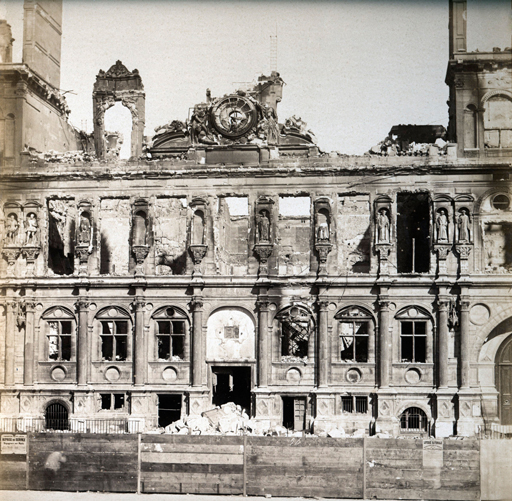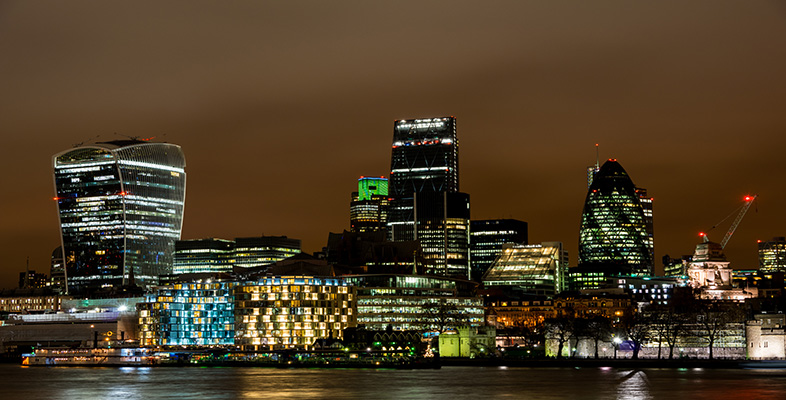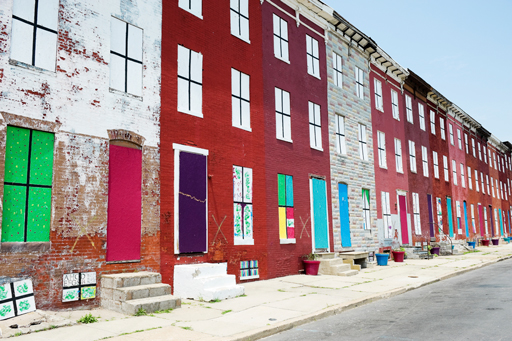4.1 Urban theory and case studies

There is a clear relationship between causal generalisation and the use of empirical case studies underlying Harvey’s explanatory narrative. The explanatory analysis draws heavily on Harvey’s empirical and historical research on two very different cities:
- Harvey makes a great deal of the social, economic and physical transformation of Paris in the middle and late nineteenth century – one of the most researched cities in social theory, and one of the most researched periods of that city’s history.
- Harvey’s analysis of creative destruction also draws heavily on his experience of living and working in the much more ordinary city of Baltimore: a declining, chronically crisis-prone industrial port with little glamour about it, most famous perhaps for the dark images of urban living provided by TV series such as Homicide: Life on the Streets and The Wire, or the images of suburban pathology in the films of Barry Levinson or John Waters.
Harvey’s explanatory conceptualisation of urbanisation therefore illustrates a more general point about the relationship between case studies and theory formation in spatial disciplines such as geography, anthropology, urban and regional studies and planning theory (see Campbell, 2003). These places are made exemplary of particular processes, but in different ways.
Paris, in Harvey’s analysis, is an example of an exceptional city, one which crystallises and makes visible dynamics that are not likely to be found in the same intense concentration in more ordinary places, but that, in their very concentration, serve as best-case models of a range of processes.
Baltimore serves as an exemplar of how these same processes do, indeed, play themselves out in all sorts of ‘ordinary’ places (see Robinson, 2006) – places where old neighbourhoods are replaced by shopping malls or office developments, where bus services are privatised, or where old industrial land uses are transformed into leisure spaces.
In both cases, Harvey uses these places as the cases through which to ask causal questions: about how things work; how processes hang together and interact with each other in particular places; how different interests shape spatial processes; and how practices and consequences travel between places as processes spread out and resonate across space.

